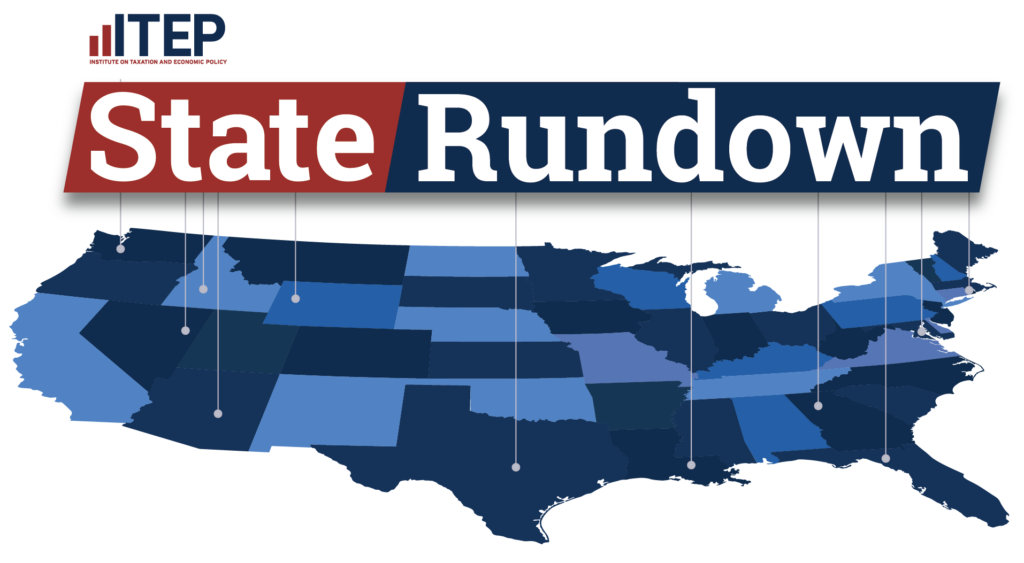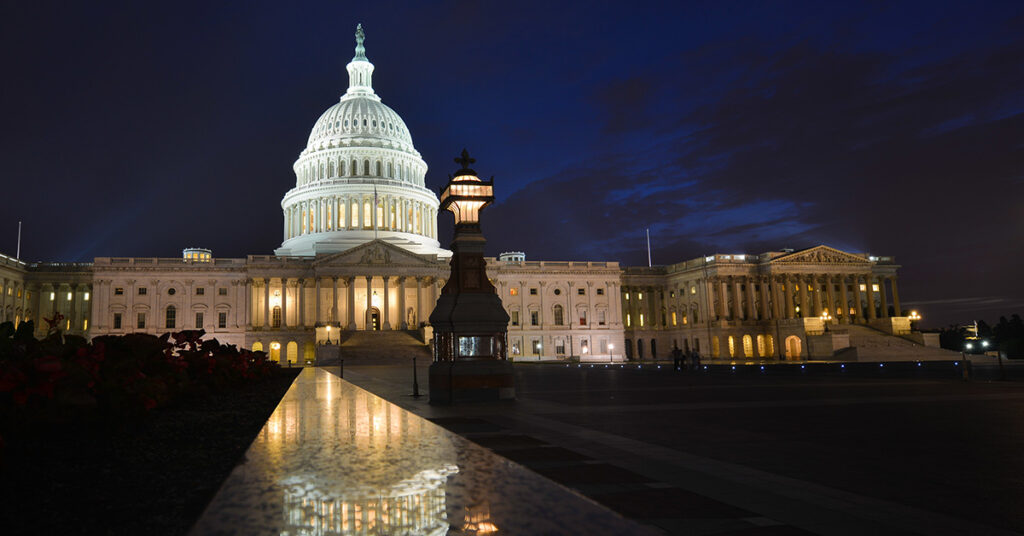Read this Policy Brief in PDF Form
One of the main economic goals of most state policymakers is, quite sensibly, to attract businesses to their state. But, all too often, these policymakers have been encouraged to think that tax cuts make the best bait. A growing body of literature reminds us that taxes themselves create public infrastructure that spurs investment and improves the quality of life for businesses and workers alike. Communities that illustrate a strong commitment to public institutions like good schools, well-built transportation systems, and quality police and fire protection will ultimately have an advantage in attracting new business investment. This policy brief looks at the complicated role taxes play in economic development and discusses why low-tax strategies are not effective.
Taxes Are Needed to Sustain Public Infrastructure
When state policymakers discuss proposed tax increases, the debate inevitably turns to the impact of these proposals on the state’s business climate. Business lobbyists usually argue that tax hikes will drive away industries and jobs. And if tax increases aren’t on a state’s agenda, the same lobbyists will push for special tax breaks to supposedly encourage new business investment—or to prevent a company from leaving the state and will tell apocalyptic tales about what will happen if these demands are not met. But these horror stories gloss over an important fact: taxes and public investments are two sides of the same coin. A sustainable, loophole-free tax system is vital to sustain the high-quality infrastructure that ultimately makes a state a good place to live, work and invest.
The Corporation for Enterprise Development (CFED) has issued a series of reports grading states on the traits that are likely to attract high-wage, high-value-added industry. The level of taxation has consistently been found to be of little significance. According to CFED, the factors that businesses look for include the quality of life in the community, a good supply of highly skilled and educated men and women to fill demanding technical and management positions, good roads and adequate transportation, and the quality of health care.
A comprehensive survey of the economic literature on the relationship between taxes and economic development by economist Dr. Robert Lynch found little evidence that state and local taxes are important factors in determining business location decisions or in affecting state economic growth. And a study released by the Economic Policy Institute and the Massachusetts Budget and Policy Center found that “a growing body of research suggests that state and local tax cuts and incentives cannot create jobs in a cost-effective manner.”
Low Tax Strategies Aren’t Effective
These findings shouldn’t be surprising: tax cuts always have consequences for public investments, and lower taxes generally lead to lower-quality public services and fewer public sector jobs. Providing businesses with a low-tax, low-service environment is not a winning strategy for attracting investment. Moreover, compared to other costs of doing business, state and local taxes are rather insignificant for the companies themselves.
In fact, business leaders will candidly admit that taxes are not very important in their location decisions. As Paul O’Neill, a former Alcoa executive, put it: “I never made an investment decision based on the tax code…If you are giving money away I will take it. If you want to give me inducements for something I am going to do anyway, I will take it. But good business people do not do things because of inducements.” John Tyson, of Tyson Foods, noted that tax breaks had nothing to do with his company’s decision to locate a plant in Pine Bluff , Arkansas, rather than out of state. “It [the location decision] was based purely on geography. Pine Bluff was in the right place. The tax credits didn’t make any difference.”
When corporations raise the “business climate” issue, it’s usually nothing but a ruse to try to keep their taxes low. A company may just be playing state governments against each other, promising jobs and economic growth to the lowest tax bidder. But in reality, the decision on where to locate is based on more important economic factors than taxes, such as distance from suppliers and markets, and the availability of skilled workers.
It’s also worth noting that the few businesses that might actually based their location decisions on low taxes—and that won’t be upset when public investments are neglected—are likely to be low-paying, low employment industries with little loyalty to the community and its long-term well-being.
Finally, it’s important to remember that tax breaks don’t buy loyalty from companies. Many states and communities have given huge tax breaks to large companies for years, only to have the company shut down the local plant for reasons unrelated to taxes.
Types of Tax Breaks Offered in the Name of Economic Development
Despite the lack of evidence supporting the strategy of cutting business taxes to spur state economic activity, state and local governments commonly offer tax breaks to companies under the guise of economic development in the following three ways:
• Changes in tax rates or how taxes are calculated. Through the corporate income tax state governments can offer a variety of preferences specifically designed to benefit corporations and lower their tax liability. For example, states may allow companies to calculate their tax base by only taking into account sales in a given state through the use of the single sales factor apportionment formula (SSF). For more on the SSF see ITEP Policy Brief #11: Corporate Tax Apportionment and the “Single Sales Factor.”
• Abatements, credits, or exemptions. States can offer a variety of subsidies to specific types of corporations. For example, New Jersey offers a manufacturing equipment and employment investment tax credit which is designed.
• Tax packages offered by states to lure investment. State and local governments often put together entire packages of tax subsidies to lure specific companies. These packages often result in bidding wars between the states and, despite offering costly and ambitious packages, don’t guarantee that a company will remain in the state for the long term. For example, North Carolina gave away $240 million in tax credits to Dell in 2004 to lure them to build a plant in the state while the closest competitor offered only $30 million. In 2010, Dell announced plans to shut its North Carolina plant, leaving at least 400 people without jobs.
Whatever short-run benefit these tax breaks may have for specific businesses, they have a larger corrosive effect on a state’s business climate for two reasons: each of these tax giveaways make it harder for states to adequately fund public services—and these tax giveaways ultimately shift the cost of funding these services onto the backs of every other taxpayer.
Seeing Both Sides of the Tax/Spending Coin
Lawmakers are under intense pressure to create a healthy climate for investment. But the simplistic view that tax cuts are the best medicine can result in unintentionally making this climate worse. Unaffordable tax cuts shift the cost of funding public services onto every business that isn’t lucky enough to receive these tax breaks—and makes it harder to fund the public investments on which all businesses rely. Furthermore, as a recent report from the NC Budget and Tax Center shows, the negative consequences of spending cuts far outweigh any positive effects of a tax-cut package in terms of lost jobs and lower labor income.




